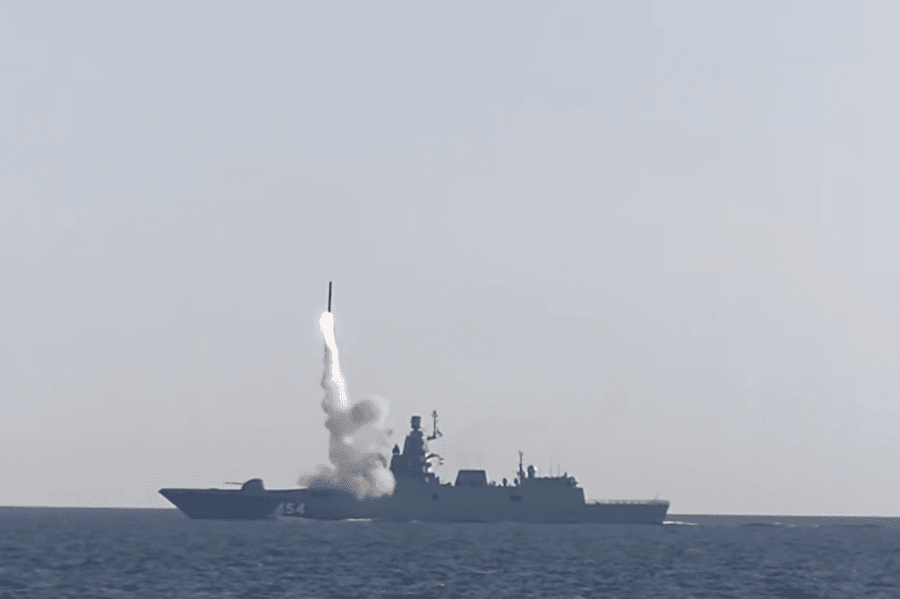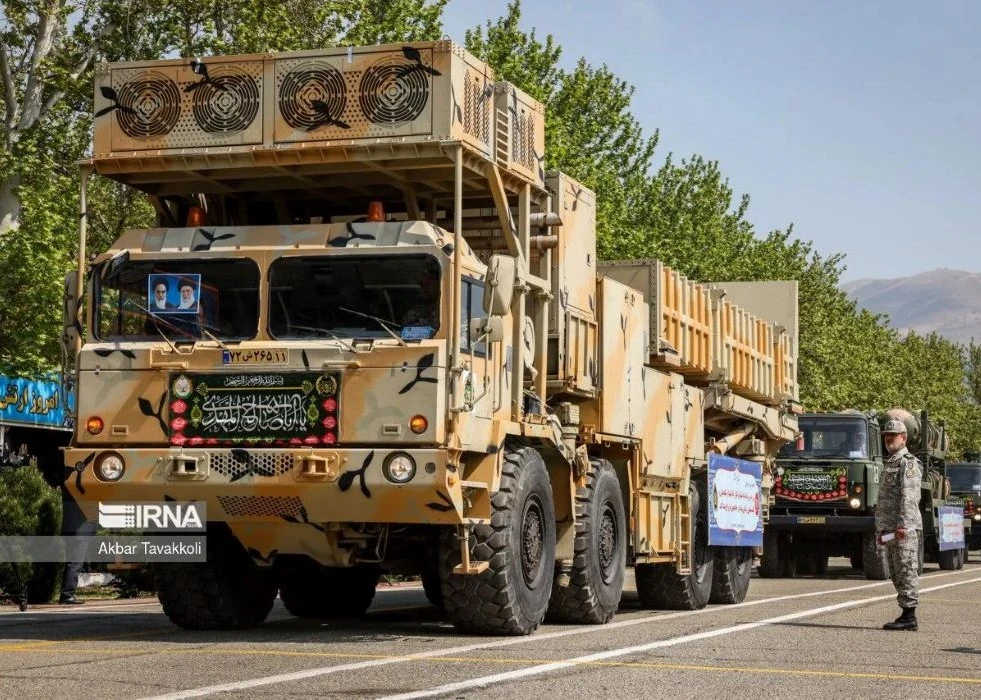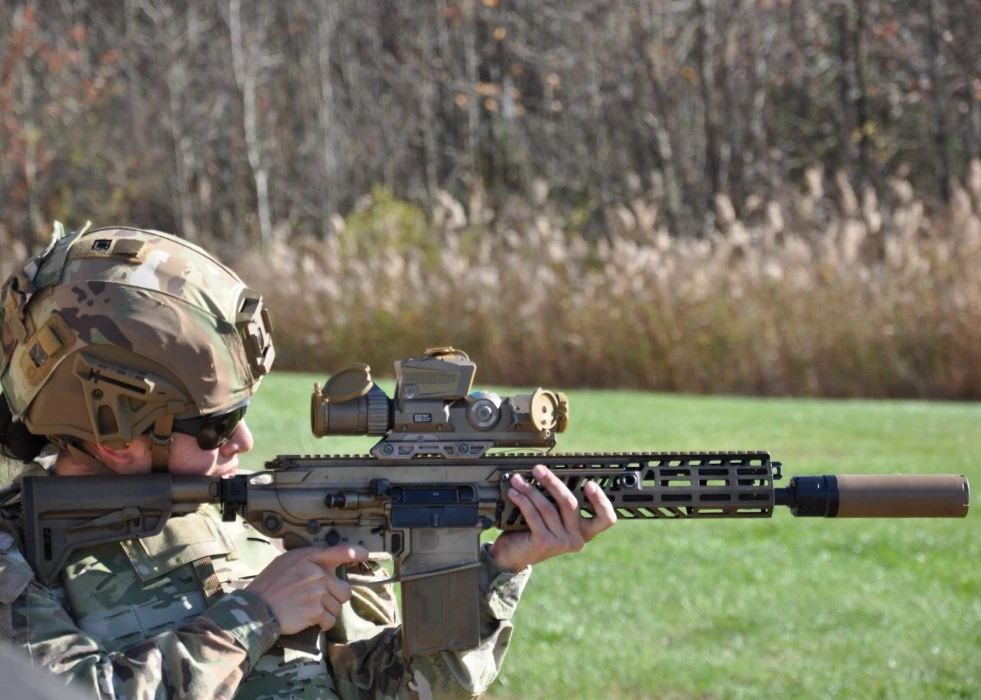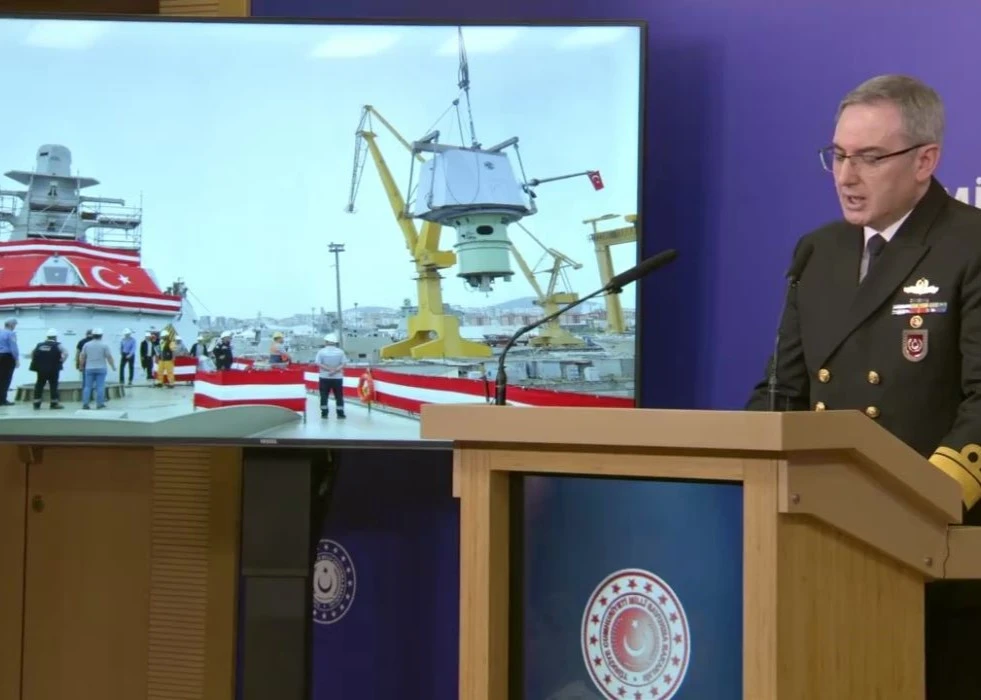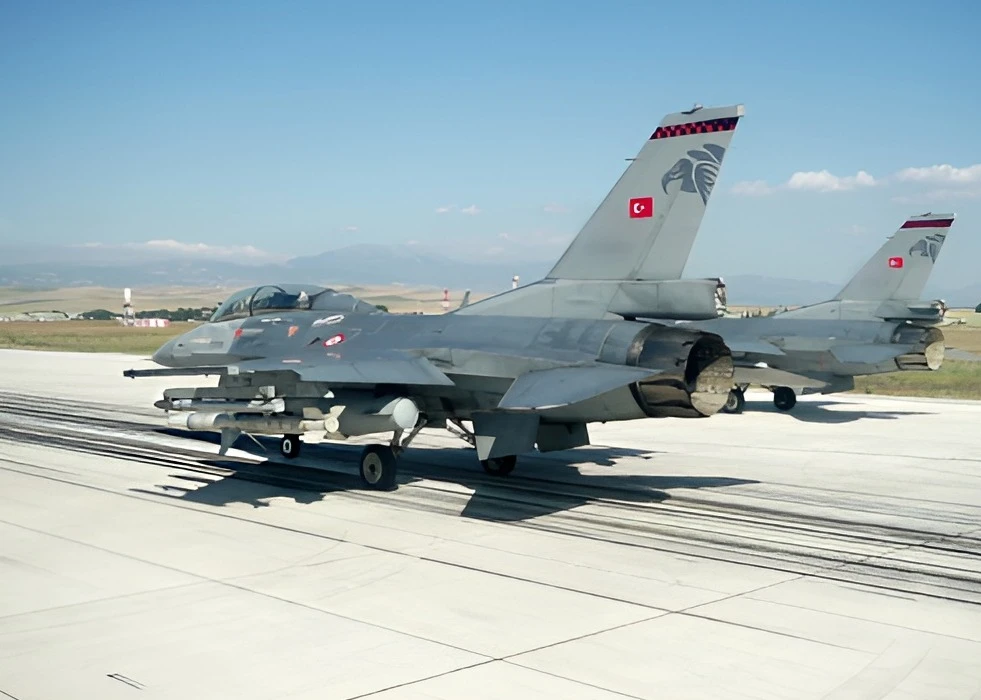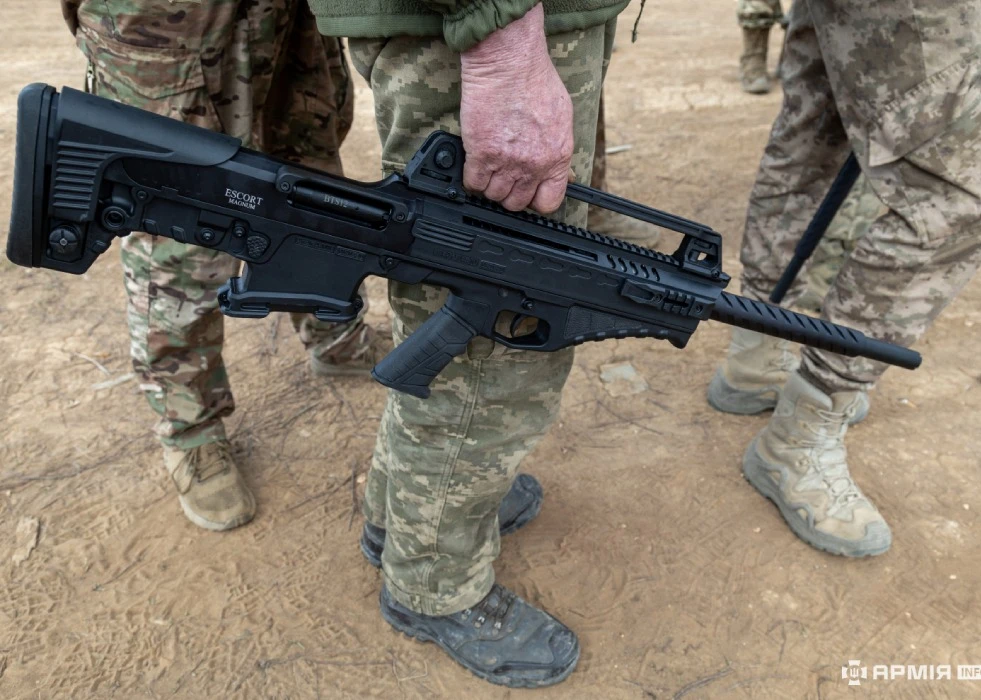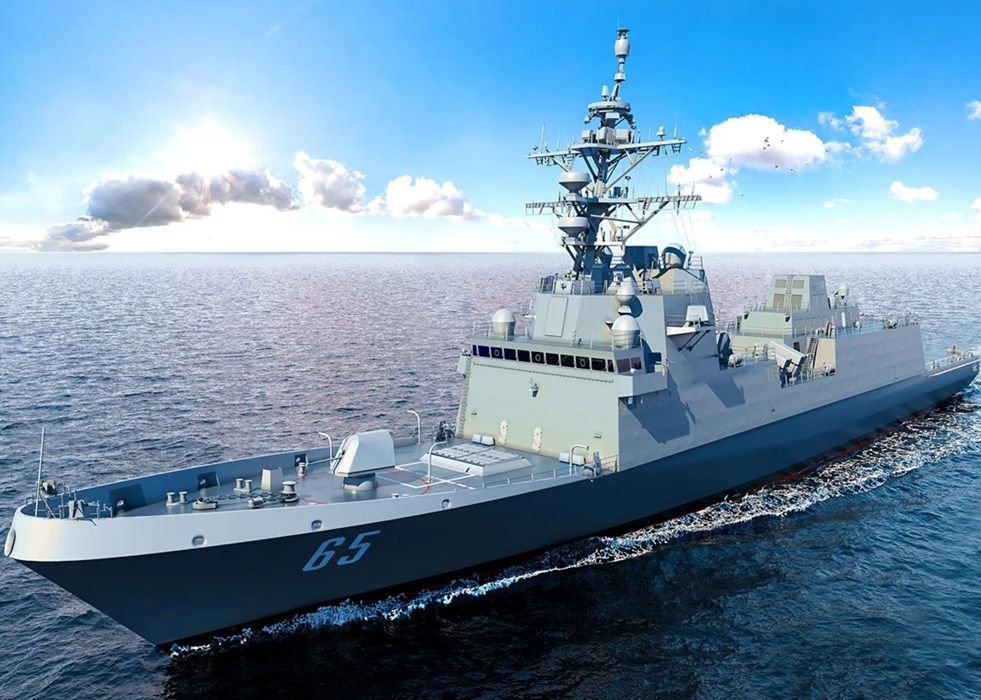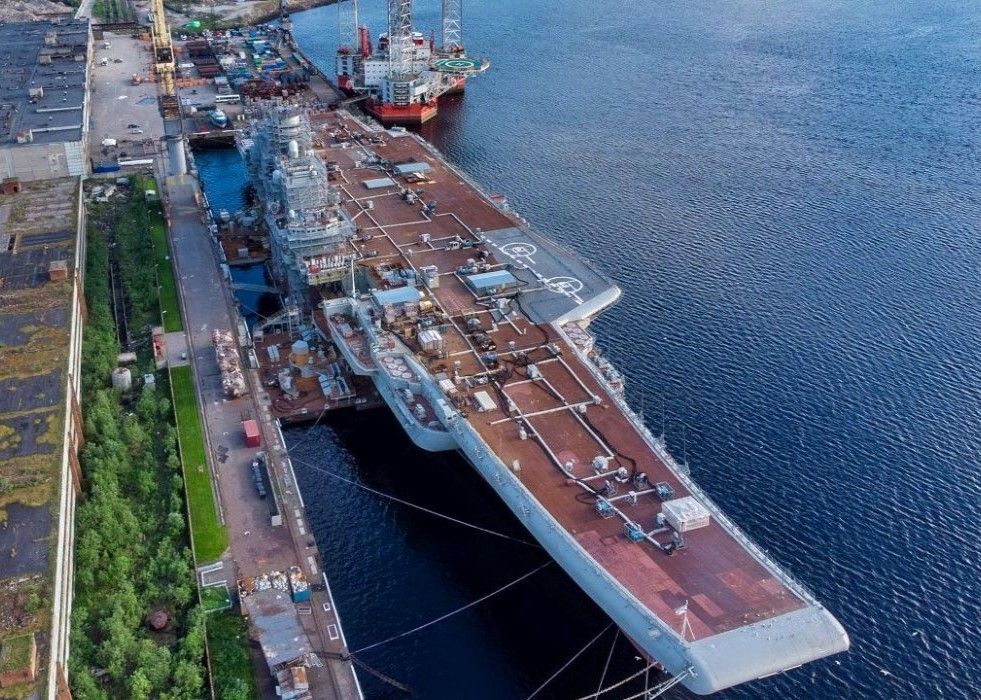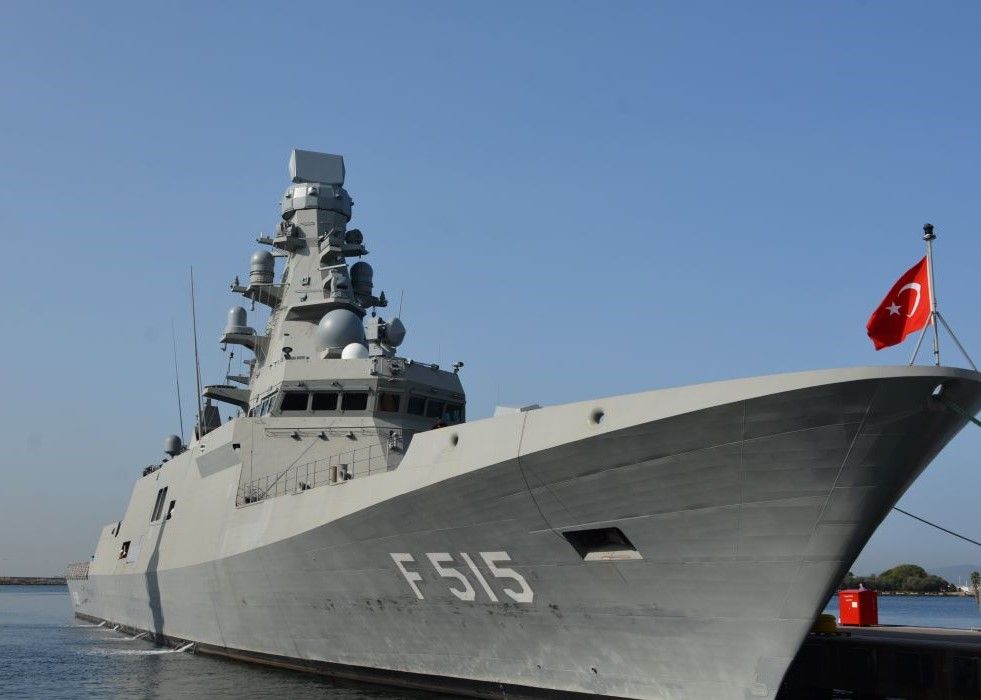The Russian defence ministry said that the missile was fired from the Admiral Gorshkov (454) frigate in the White Sea against a ground target located on the coast of the Barents Sea, more than 350 kilometres away, with the missile travelling at seven times the speed of sound.
Russian President Vladimir Putin has said the Zircon missile would be capable of flying at nine times the speed of sound and have a range of 1,000 kilometres.
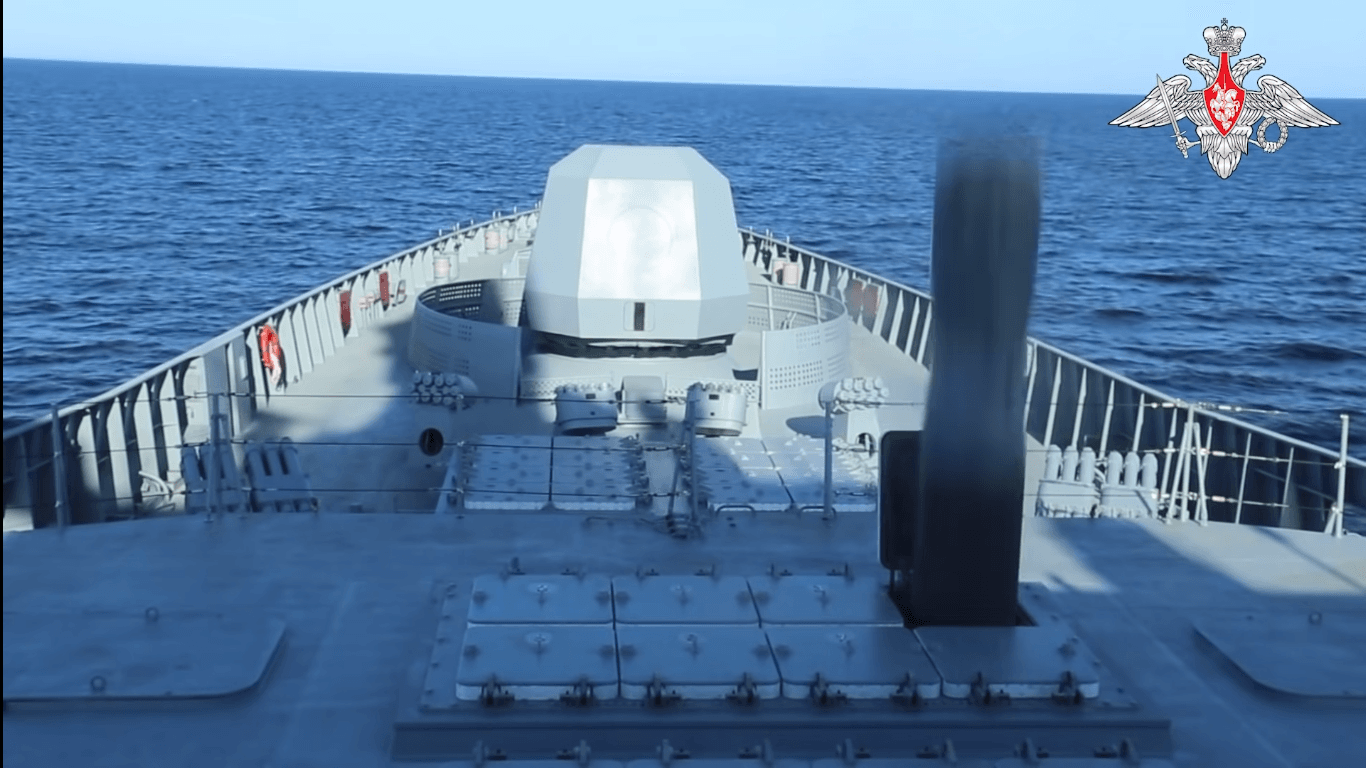
The video shows Zircon launching from Admiral Gorshkov’s missile silos. After launch, nose-mounted rockets correct the missile’s pitch, from a 90-degree angle to a 70-degree angle in the direction of the target, and then burn out and fall into the sea. The missile climbs for altitude, where the air is thin, and there’s less heat-inducing friction, before presumably diving down onto its target.
Russia plans to fit the Zircon missile system to its submarines and surface ships. The missile is tactical and reportedly has a maximum range of 1,000 kilometres or 621 miles. One prime target for Zircon is a NATO aircraft carrier and the missile’s hypersonic speed leaves little time for enemy air defences to knock it down.
In 2018, Putin announced that Russia was developing a series of hypersonic weapons, including the Avangard, that “could hit almost any point in the world and evade a U.S.-built missile shield.”
Some of Russia’s hypersonic missiles are already claimed to be deployed with its armed forces. According to Russian media reports, the government has “deployed two interceptor jets capable of carrying the hyped Kinzhal hypersonic missile for war games in Syria.”

